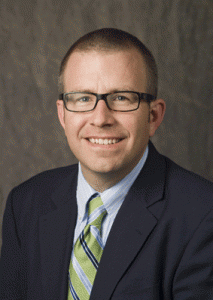The Royal Society of Chemistry is holding a free half-day event which will consider the current and future role of chemistry in environmental monitoring in the energy sector. The event will centre on a comparison between shale gas, an emerging technique in the UK and the established nuclear sector. The event is likely to be of interest to people working on environmental monitoring in the energy sector as well as individuals with wider interests in environmental monitoring techniques including geoscientists, chemists and toxicologists.
The event will begin with a brief overview of the current energy landscape and the respective roles and prospects for established and emerging energy technologies. This will be followed by an introduction on the extraction of shale gas by ‘fracking’ and its emerging profile in the energy sector. The speakers will then give perspectives on challenges in monitoring for the shale gas industry comparing with approaches in the nuclear industry. The talks will include strategies and techniques developed to ensure accurate and effective monitoring of both land and water. Following each presentation there will be a brief Question & Answer session.
The presentations will be followed by a panel discussion looking at commonalities and differences between the sectors, areas for collaboration and knowledge-exchange, the role for chemistry in developing and adapting methods for environmental monitoring in the UK’s evolving energy landscape and whether the extraction of shale gas presents a specific set of new challenges for research.
There will also be opportunities for informal networking between delegates.
This invitation-only event will take place at the Chemistry Centre in Burlington House, London, from 13:30 – 18:00 on Thursday 26 September. There is no registration fee but registration is required prior to the event.
If you are interested in attending the event, please visit the website to register your interest in attending.












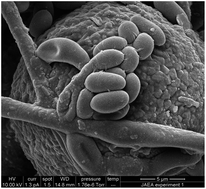
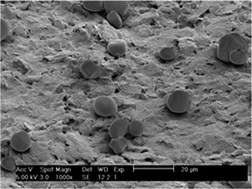
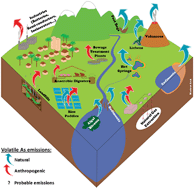


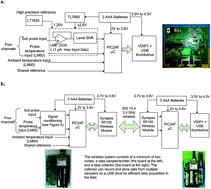
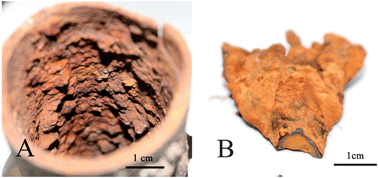
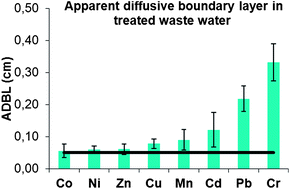






 Issue 5
Issue 5
